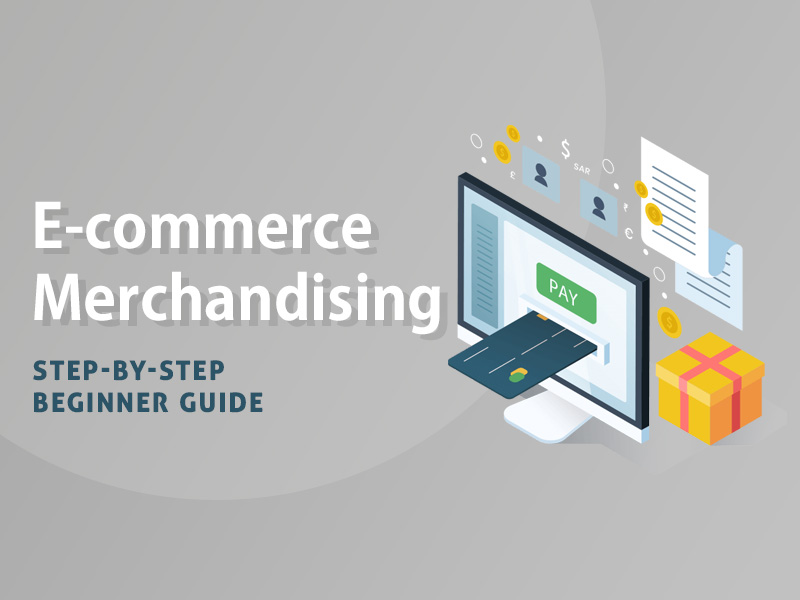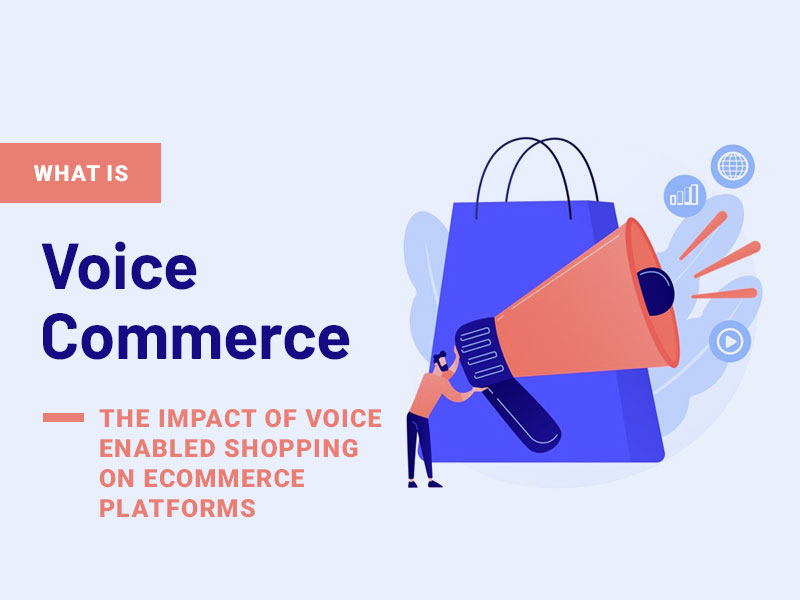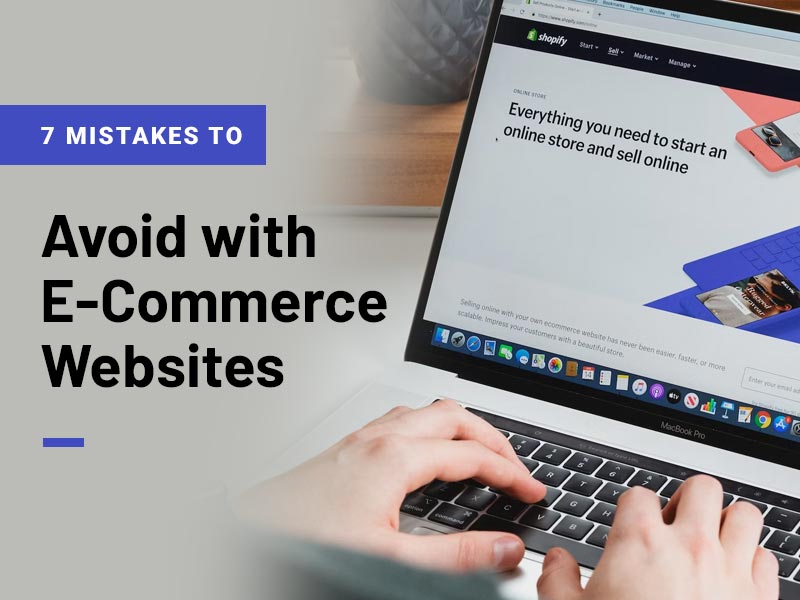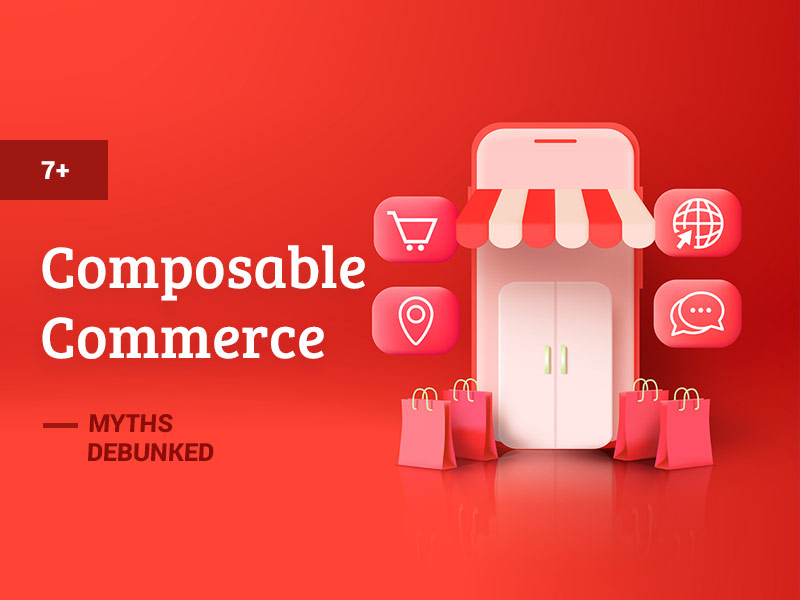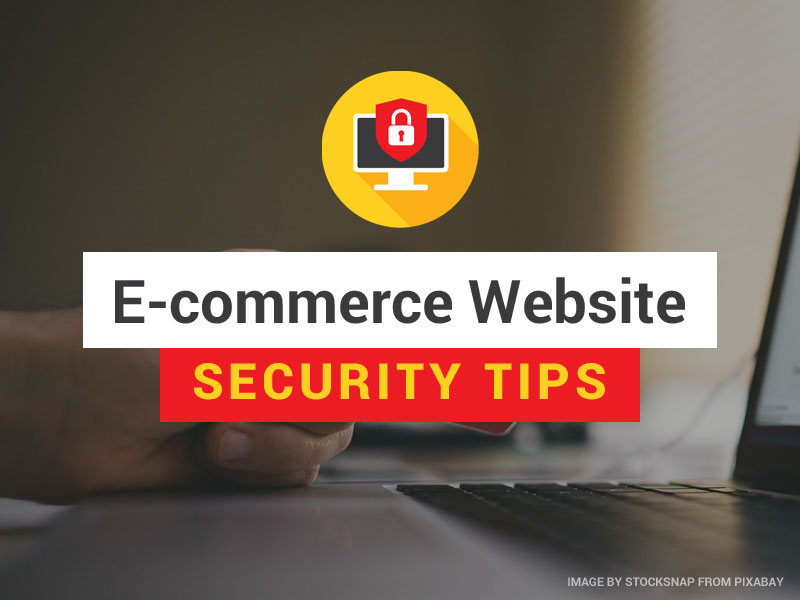Some people view shopping as more than an art form- they look at it as a science. Even before the pandemic, the world has slowly acclimatized to the growing world of electronic shopping.
E-commerce merchandising is the art and science of displaying products or offers on a website with the goal of increasing sales. However, contrary to what most people think, it isn’t only about displaying products and services enticingly.
Instead, it has more to do with optimizing the path to purchase no matter where users enter your website or where they are in the path. It’s about leading the users to the products they’re looking for, or that they will desire, as quickly as possible. E-commerce merchandising is, in short, about connecting users with the brand and giving them the best experience.
If you are a beginner in the online platform business, you should know everything you can about e-commerce merchandising, businesses, and developers and designers, etc. Read as much as you can and arm yourself with knowledge and skills both in order to grow your business and make it prosper.
What is the role of E-commerce merchandising in driving sales?
Merchandising in real life often includes engaging customers from the moment they walk by the window of your store to the moment they come in, until they exit with a purchase in hand. Business owners need to think about scents, music, and all those other elements aimed at driving sales and leaving a great lasting impression to the customers.
That was before. Nowadays, with so much revenue being driven online especially with the pandemic, e-commerce companies are discovering a lot of ways to “merchandise” by making strategic visual decisions that go beyond designing a clean, responsive site. Merchandising will help ensure that every customer who visits your site has a similar, on-brand, and great experience, no matter how they arrive on your site or how they look around once they get there. In this dynamic landscape, partnering with an Amazon Marketing Agency can further amplify your merchandising efforts, leveraging specialized expertise to navigate the complexities of the Amazon marketplace and enhance your brand’s visibility and performance.
The goals of good e-commerce merchandising are sales and customer satisfaction. At the end of the day, it’s all about the numbers, as well as the lasting impression it left on the customers. Without the former, an e-commerce company is not going to last long in the business. Without the latter, the sales will also suffer. One time customers will hardly be inclined to come back or spread the word if their experience was not optimal, to say the least.
The importance of E-commerce merchandising
According to eMarketer, in 2019, 14.1% of global retail sales were made online. With the pandemic hitting everyone right in the feels, and with physical stores closing down, this figure is only set to rise. By 2023, this figure should climb to up to 22% of global retail sales.
It’s not hard to figure out why online shopping has become a need more than a want. The idea that you can order a product for next-day delivery from the comfort of your homes, without even risking your health by going outside, is very appealing to many. This is especially true if you can’t physically access a store or if you’re just not feeling up to it.
Since the lure of online shopping has become widespread, it only goes to follow that several e-commerce businesses started appearing every day. This pushes the existing online retailers, as well as the newbies, to stay competitive in order to attract more customers.
Thanks to increasing interest in online shopping, E-commerce merchandising has become more important than ever. Online stores are in competition in terms of displaying their products and services in a simple yet aesthetically pleasing way. E-commerce merchandising has become an art form. In fact, more and more websites experiment with e-commerce merchandising just to capture customers’ attention. They may even use a promotional products brisbane service (or similar service elsewhere) to tempt customers with free gifts, like hats, bags and coffee cups.
This new trend has gone beyond making the website look neat and accessible. They are trying to convert site visitors into paying customers. They even included calls to action, reminders for abandoned shopping carts, and “order again” buttons, just to influence the buying habits of consumers.
In short, e-commerce merchandising can:
- Entice customers, new and old alike
- Help the business display a variety of products and services in the most desirable ways
- Generate website traffic with SEO-geared listings
- Promote certain products/special offers to encourage customers to spend more
- Convert browsers into buyers with eye catching and irresistible offers
What are the Five R(s) in merchandising?
Retailers, whether virtual or in person, have five R(s) in merchandising that they live by and die by if they want to succeed. It’s quite simple, really, these five R(s). It’s essentially teaching us how to present the right product to the right people at the right time in the right way and at the right time.
The Right Product
People live for their wants and needs to be fulfilled. That said, if you want your business to succeed, you have to know what people want and what they need before they even think of it. This is the first R- finding the right product.
For example: find a beautiful and uniquely fashionable overcoat that will most likely sell at the first showing.
The Right People
Once you have the product, you now have to make sure that the right people are seeing it. Remember that not all products appeal to all people in the same way. So make sure that you’re showing it to the people most likely to buy it.
For example: Show your beautiful overcoat to people who can afford to buy and wear something that is fashionable.
The Right Time
There’s a right time for everything, including sales. If you want to succeed, you have to pay attention to timing. Also, try not to go with the flow. Instead, create the flow. Be trailblazer, but make sure it is time sensitive and appropriate.
For example: Bring it out for the whole world to see before someone else does. While you’re at this, make sure you are selling it in the right season.
The Right Way
Even the most beautiful product won’t look beautiful if you don’t show it off in the right setting. It will probably be ignored by most of your customers, and you’d have bought it for nothing.
For example: If you put your beautiful overcoat in an old mannequin, with a background of clashing colors, it’s not going to sell. It’s like you’ve poured money down the drain.
The Right Price
The price you ask for needs to match the perceived value created by all of the other factors: the product, the people who will most likely buy it, the timeliness of its showing, as well as the lifestyle it represents.
For example: Price your beautiful overcoat by taking into account all the elements mentioned above, instead of thinking about the quickest way to profit by lowering your price, or perhaps by asking too much for it.
Skills needed for merchandisers

Merchandisers play a key role in a business. Profitability can be affected by how successfully they undertake their work. This is why it is essential that merchandisers for both physical stores and e-commerce have the following skills: commercial awareness; confidence; the ability to cope with pressure; team-working skills; communication skills; interpersonal skills; leadership skills; strong numerical and analytical skills; IT skills; decision-making skills; and finally, organizational skills.
Merchandising is a tough job. A good merchandiser has to have a combination of an analytical mindset and a sense for aesthetics. These qualities contribute to making the right decisions when creating stock plans, assessing allocations and optimizing sales volumes.
Moreover, they need to be timely, have a healthy relationship with markdowns, and finally, balance.
Timeliness is necessary. Bringing stock in too early means that the customer doesn’t want it yet. This will make you end up with dead stock that’s going to need discounting. It’s far from ideal. Bringing it in too late, on the other hand, will make you lose credibility with the customers who, by that point, might have bought from your competitors.
Merchandisers need to understand the products, as well as the styles in the market. Only then can they detect commercial movement to up or downgrade stock at just the right time. This makes data the next best thing to their best friend. It informs demand forecasts and reveals areas for promotional opportunities. With commercial and consumer insight, the best merchandisers have a harmonious relationship with promo or marketing teams, capitalizing on timing.
Markdowns are part of the industry. Human beings, rich and poor alike, love a bargain. That said, retailers also need to clear old products to make space for new stock. This makes launching products at the right time closely linked to minimizing markdown percentage.
The best merchandisers shouldn’t be afraid of markdowns. Sure, they have got to have a healthy respect for getting discounting right. However, if they move fast, they should be able to detect warning signs early and cut their losses to save margin.
Lastly, being a merchandiser is kind of like being in a juggling act. Constant calculations are needed about how many products should be fashion-forward versus how many should be safe. Good merchandisers should be able to strike that balance. They should take calculated risks offset by good sense.
Elements of E-commerce merchandising
In order to capture the customers’ attention, e-commerce merchandising must have the following elements:

Homepage merchandising
The homepage is the first thing users will see when they visit your site, no matter how they go there. It needs to be personalized as much as possible, like the country the user is visiting from. This can be especially useful for customers who don’t like to bother with conversion rates. In addition, an e-commerce website homepage should include the company’s mission statement or goal; images of popular products/services; a link to your ‘About Us’ section; an option for users to sign up and learn more about the business; details regarding promotional offers; finally, plenty of CTAs to encourage customers to make a purchase.
Product pages
These are pages specifically created for each product. They are usually grouped under a category page to make searching easier for the customer. Also, if your page is SEO optimized, it should appear in search engine results, which will make selling your products a lot easier. Product pages should feature 360 images of the product; a detailed product description; product specifications; product videos and demos; cross selling of products; product color options; up-selling of similar products; and CTA such as ‘add to cart’.
Category-based merchandising
This is used to rank products within their category. It can also be useful when you sell products from only a few key categories. It can include filters such as size, price, weight, latest in, and product ranges. It is also a way to highlight any product lines you want to draw attention to. Category-based merchandising should include product image; a spotlight on the best-selling product from the category; star ratings; and finally, product comparisons on options available.
Strategies to improve E-commerce merchandising
Since there is a growing number of e-commerce sites popping up all over the internet and they’re all looking to capitalize on the rise of online shopping, your aim should be to stand out from the crowd. This is why it is important for businesses to continuously improve their e-commerce merchandising using the strategies below.
Craft your homepage
First impressions count. This is why you need to make your homepage appealing. You can do this by including large imagery, graphics, videos, and any kind of media that is going to grab the customers’ attention. You should also make it very easy to navigate. Work with the designers and consider the layout. Create an engaging yet simple homepage that is accessible from any device.
The homepage should promote your highest converting products; promote currently trending products; include easy to access drop-down menus with categories; promote highest-rated products; and enhance site search bar functionality with predictive search.
Group related products
Don’t make your users search for a specific product harder than it needs to be. Instead, create focused promotions on particular categories, and up-sell to customers on product pages and at the checkout. This makes it easier for users to navigate their way through the site. You can group related products by brand; product type; color; size; style; features; and product uses.
Cater to your brand with visuals
Since e-commerce merchandising is geared towards catching the customer’s attention quickly, as well as enticing them to stay on your site for longer, it is therefore vital that businesses step up their homepage (and all other pages’) visuals. You can also link your website to various social media accounts. This improves search engine optimization and rankings and also can give customers an in-depth look at the brand identity. Improve your product visuals by using minimal text and maximum imagery on the homepage; including demo videos; linking your social media feed on the homepage; and taking high-quality product photos.
Use data in order to adapt to customers
Collect data by monitoring website traffic via a platform like Google Analytics. This will break down information such as customer location, how long they typically spend on your site, the average order value, and various other metrics. Although this information may not be available for each and every customer, regional data can still be very useful. Use this information to cater to the customers’ needs by promoting special offers to specific countries, for example.
Other ways to collect data include getting customers to create an account or sign up to your newsletter and keeping a call log of customers who contact customer service.
Offer personalized product recommendations
Create an ‘items we think you’ll love’ section on the website. This is all based on what the customer has previously clicked on or bought. Also, since you already have data on what your customers are most likely to purchase, you can send emails and texts with the latest offers or newest items to entice them to visit your website again.
Ensure website navigation is smooth
Look into ways to improve your website navigation to make it as smooth as possible. You can do this by categorizing products. You also need to consider what else you may need on your website menu. Also, double-check every new feature you have on as many devices as possible. This ensures that customers can see the website as you intended.
If you intend to be the next great e-commerce company, you should keep all of the information you read in this article in mind. There is no shortage of customers in online shopping. If Scurri, a carrier management system, was able to secure funding for their startup before, you should be able to do it too. So do your research and check out The Hot Skills for more information on how to improve your business.
